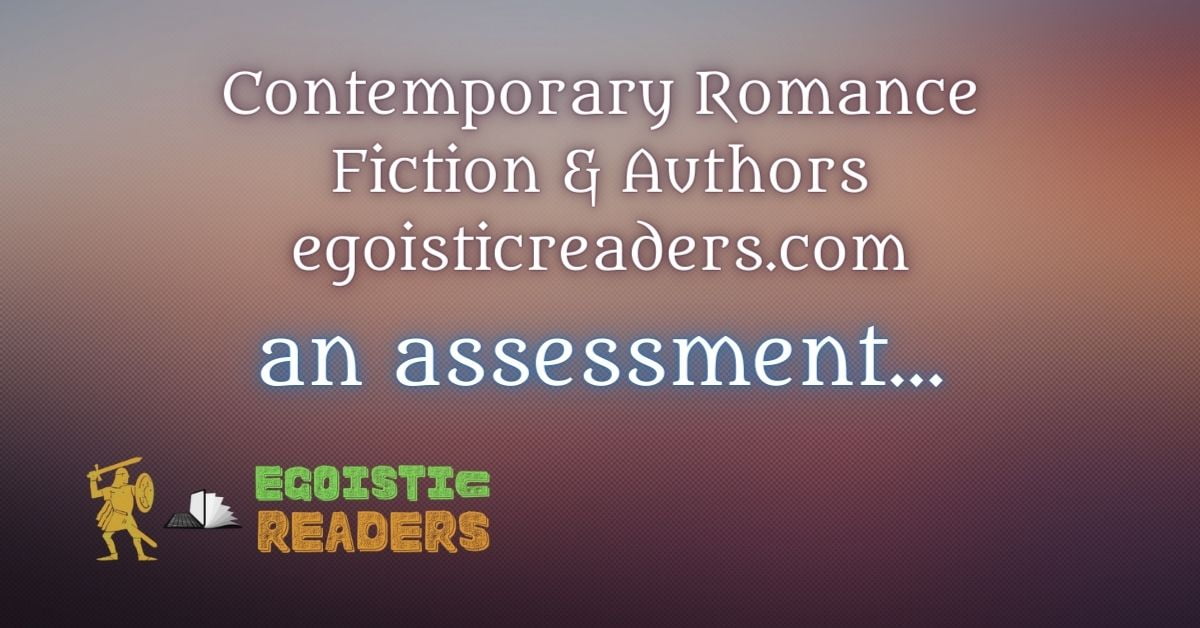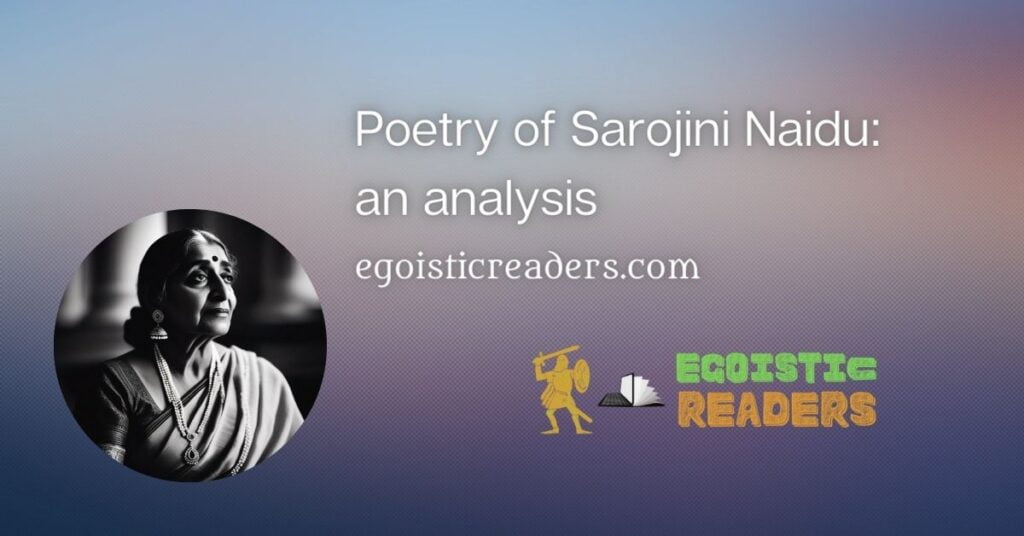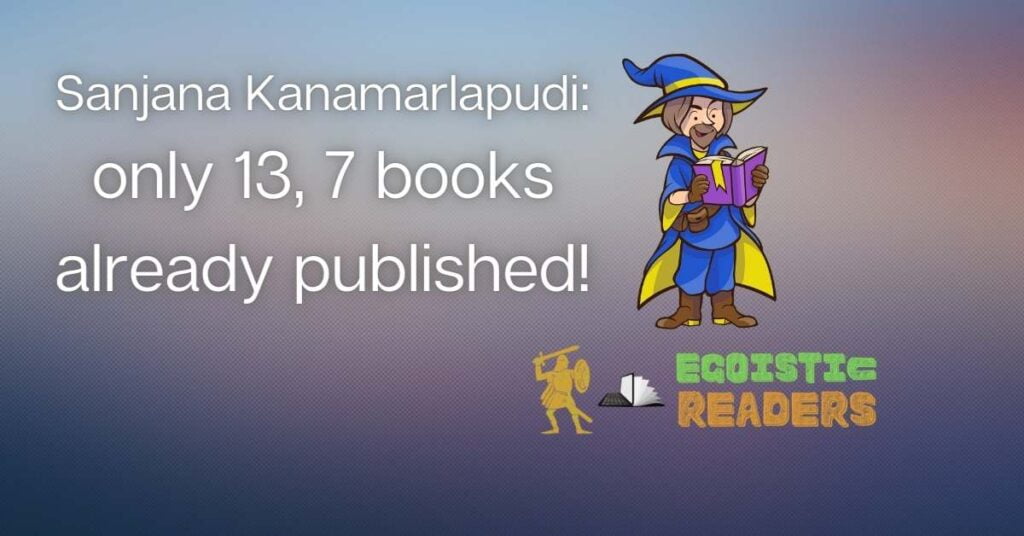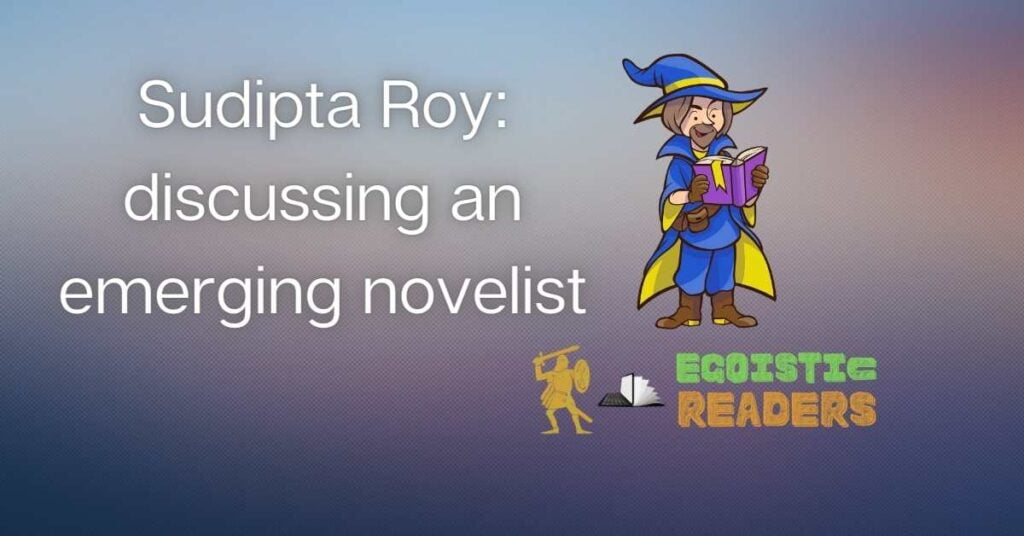Romantic novelists (a very different genre than the original romance from the 15th and 16th centuries) have taken over the book market in India, believe it or not. Their books are the ones that sell like flies flying away or into their homes. And major names, if I may be permitted, are certainly the ones, followed by Chetan Bhagat, Durjoy Datta, Nikita Singh, and Preeti Shenoy. They are all popular Indian authors known for their contemporary romance novels. Though, except for Bhagat, you can put all these authors in the same bracket, they do have some unique features and shortcomings. Unique writing style and approach to storytelling may be found to be different in these novelists and they have worked over their shortcomings as they kept writing for years. It’s important to note that opinions on their writings can vary. Some may admire them for their content while others may criticise them because they seem to repeat the same success formula (which strangely works, many times). Below, I will provide an overview of each author’s features and potential lapses in their writing style, along with references from their published works to support my arguments. Keep reading! 🙂
Chetan Bhagat:
Let’s begin with the best himself! Chetan Bhagat is a bestselling author and have no doubts about it! His works, however, do seem to work on some templates, often touching upon social issues and catering to a wide audience. His writing style is known for its simplicity and use of colloquial language, making it accessible to readers of all backgrounds. Bhagat’s novels, such as “Five Point Someone” and “2 States: The Story of My Marriage,” often depict the struggles and aspirations of the Indian youth. At the same time, works like One Indian Girl by Chetan Bhagat prove that his understanding of sensitive issues like feminism is less than what is required to write a paragraph. Alas! He writes novels!
Main Features:
* Relatable characters: Bhagat’s characters are often relatable and represent the common challenges faced by the youth, making it easier for readers to connect with them.
* Engaging storytelling: Bhagat’s narratives are fast-paced, filled with humour, and employ a conversational tone, making them engaging and easy to read.
* Social commentary: Bhagat incorporates social issues into his stories, highlighting the realities of Indian society and sparking discussions among readers.
Shortcomings:
* Lack of depth: Some critics argue that Bhagat’s writing lacks depth and fails to delve into the complexities of the issues he addresses. They claim that his focus on entertainment sometimes overshadows the exploration of deeper themes.
* Stereotypical characters: Bhagat’s characters can sometimes fall into stereotypes, which may limit their depth and hinder the overall authenticity of the story.
Durjoy Datta:
Unlike Bhagat, Durjoy Datta has a limited audience – teens and youngsters who seldom care to ‘understand’ fiction but love to read. No doubt Datta is a popular author known for his romantic novels that explore the dynamics of modern relationships, he is preferred by young adults only. His works often combine elements of love, drama, and personal growth, appealing to a younger audience. Novels like “Of Course I Love You!” and “Till the Last Breath” showcase the threads of his writing style that you can find in almost all of his works.
Main Features:
* Emotional depth: Datta’s writing delves into the emotional aspects of relationships, exploring love, heartbreak, and personal growth, which resonates with readers who appreciate heartfelt storytelling.
* Contemporary themes: Datta’s novels touch upon relevant themes such as long-distance relationships, mental health, and societal expectations, providing a relatable context for readers.
* Intense plotlines: Datta’s stories are known among teens for their intense and gripping plotlines, filled with unexpected twists and turns that keep readers engaged.
Shortcomings:
* Unrealistic situations: Critics argue that Datta’s narratives sometimes rely on overly dramatic and unrealistic situations, which can strain the readers’ suspension of disbelief. And it is not only an argument but the bare truth.
* Repetitive patterns: As I mentioned in the introduction to Durjoy Datta, some readers and critics claim that Datta’s novels follow similar patterns in terms of plot structure and character development, which can make the stories predictable and repetitive.
Nikita Singh:
She started young! And a certain set of audience does know Nikita Singh author… she is a young author whose novels often (read always) revolve around themes of love, friendship, and self-awareness (it doesn’t have to do anything with existential and identity philosophies). Singh’s writing style is characterised by introspective and sensitive storytelling, and she has penned books like “Love @ Facebook” and “Right Here Right Now.” Yes, you read the titles right. 😉
Main Features:
* Emotional exploration: Singh’s writing delves deep into the emotional landscape of her characters, you can compare it with Datta’s style, focusing on their inner conflicts and personal growth, which resonates with readers who appreciate introspection.
* Realistic portrayal: Singh’s novels often portray realistic teenagers’ and youngsters’ issues, scenarios and relatable characters, making her stories more authentic and grounded.
Shortcomings:
* Slow pacing: Just start reading her book and you will find Singh’s narratives to be slow-paced, with a greater emphasis on internal monologues and introspection, which, without substance and depth as they are, annoy readers and may frustrate them to the degree they might already place book aside!
* Lack of variety: Yes, her works are repetitive! It is a fact that Singh’s novels tend to revolve around similar themes and lack the diversity of storytelling found in other authors’ works. One can model something on Chetan Ji’s formula, but cannot ensure successful execution!
Preeti Shenoy:
Though you can openly criticise authors like Datta, Nagarkar, Singh, and Singh again, you cannot criticise Preeti Shenoy without reading her works! Indeed, she is a bestselling Indian author who often explores themes of love, relationships, and complex humane elements in her novels. Her writing style is marked by its simplicity and emotional depth. Notable works by Shenoy include “Life Is What You Make It” and “The One You Cannot Have.”
Main Features:
* Emotional resonance: Shenoy’s writing evokes strong emotions in readers, often delving into the complexities of love, loss, and self-discovery, which enables readers to form deep connections with the characters.
* Empowering narratives: Shenoy’s novels often emphasise personal growth and empowerment, inspiring readers to reflect on their own lives and make positive changes.
* Relatable settings: Shenoy’s stories are often set in familiar Indian contexts, capturing the nuances of Indian culture and relationships, which resonates strongly with readers from similar backgrounds.
Shortcomings:
* Predictable plots: Once you begin reading her works, you will notice that you can easily gauge what might be coming next! Yes, Shenoy’s novels often follow predictable plotlines, where the outcomes and resolutions of conflicts may be evident early on, reducing the element of surprise.
* Lack of narrative variety: I hate to say it but why do these authors repeat the same? Again and again? Shenoy, otherwise, is capable of good writing! Sadly. Shenoy’s novels tend to follow a similar pattern and explore similar themes, which may limit the overall diversity and freshness of her storytelling.
Well, guys, it was my opinion! And It’s important to note that opinions on writing styles can be (read ‘are’) subjective, and what one reader perceives as a lapse, another may consider a feature. These evaluations are based on general observations and may not encompass all aspects of an author’s body of work. Ultimately, readers’ preferences will vary, and it’s important to explore different authors and genres to find what resonates with individual tastes. All the best! Happy Reading!
Written by Manish for Egoistic Readers





1 Comment. Leave new
This is a very interesting one… I liked the way you have put everyone’s strength and weaknesses in the same place… yes, I must agree they have all more weaknesses compared to their meagre strengths in writing. But, out of these, I guess Chetan Bhagat is who could achieve something important.